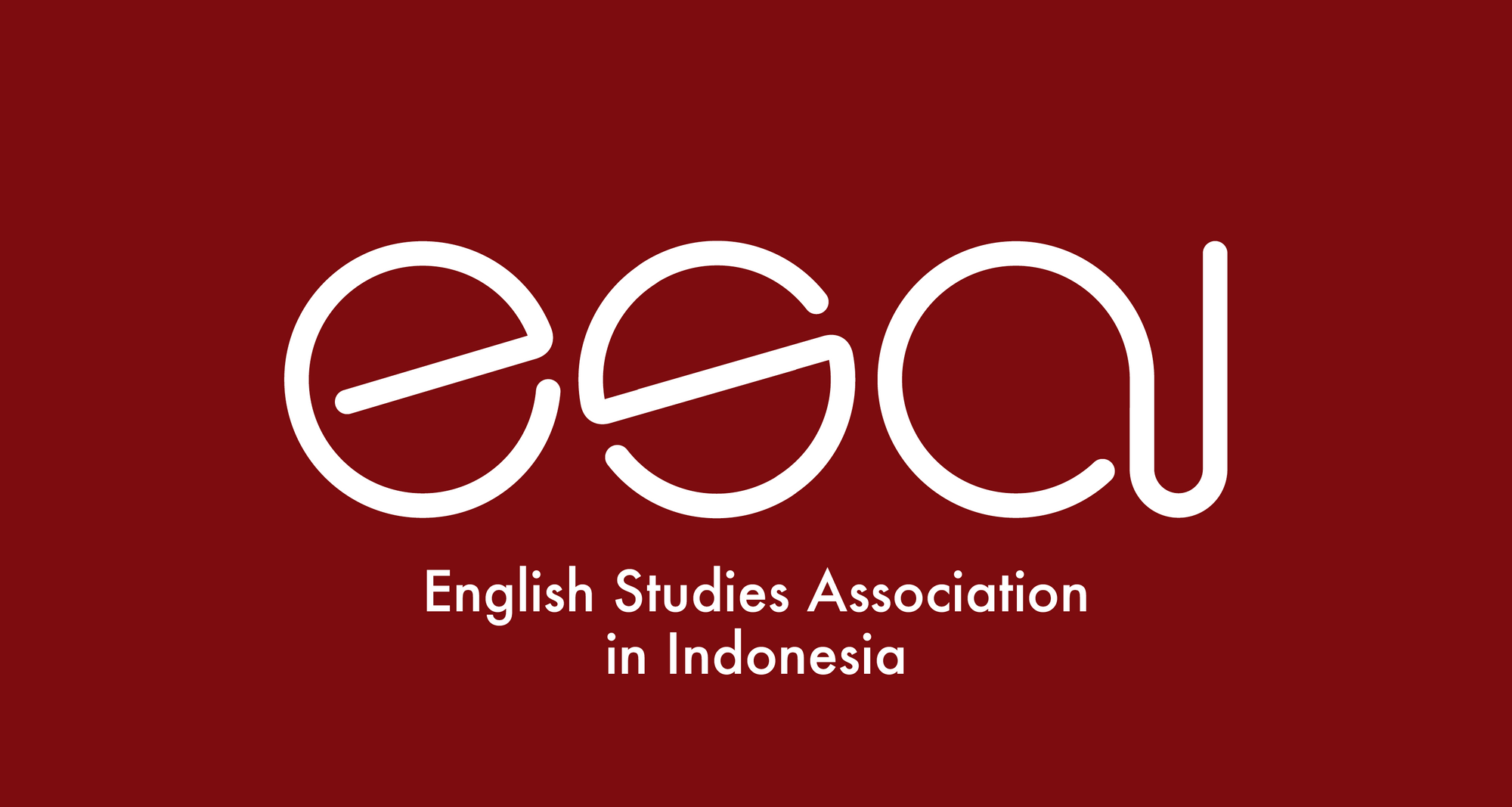Translation strategies for slang expressions in the novel Eleanor & Park
DOI:
https://doi.org/10.21009/lililacs.051.06Keywords:
slang translation, meaning equivalence, translation strategies, stylistic compensation, slang expressions, Eleanor & Park, literary translationAbstract
This research aims to identify thestrategies used in translating slang expressionsbased on their functions in the novel Eleanor & Park, ensuring that the translation maintains meaning equivalence. The corpus consists of the English and Indonesian versions of Eleanor & Park, a novel by Rainbow Rowell, first published in February 2013 by St. Martin’s Press. This study employs a qualitative method, drawing on Elisa Mattiello’s framework for slang expression types, Karolina Butkuvienė and Lolita Petruliоnė’s theories on slang translation strategies, and Peter Newmark’s concept of meaning equivalence to achieve the research objectives. Data were collected through comprehensive reading and note-taking. The findings reveal that three slang translation strategies were applied in the translation process, with stylistic compensation being the most frequently used. Specifically, 10 instances of stylistic compensation, 3 instances of softening, and 2 instances of literal translation were identified. Additionally, the translator employed both semantic and communicative translation to achieve meaning equivalence. However, some translations failed to achieve any equivalent meaning, leading to a potential loss of the original intent. Ultimately, the study highlights the necessity of selecting appropriate slang translation strategies based on context, target audience, and the translator’s approach to conveying meaning effectively.







